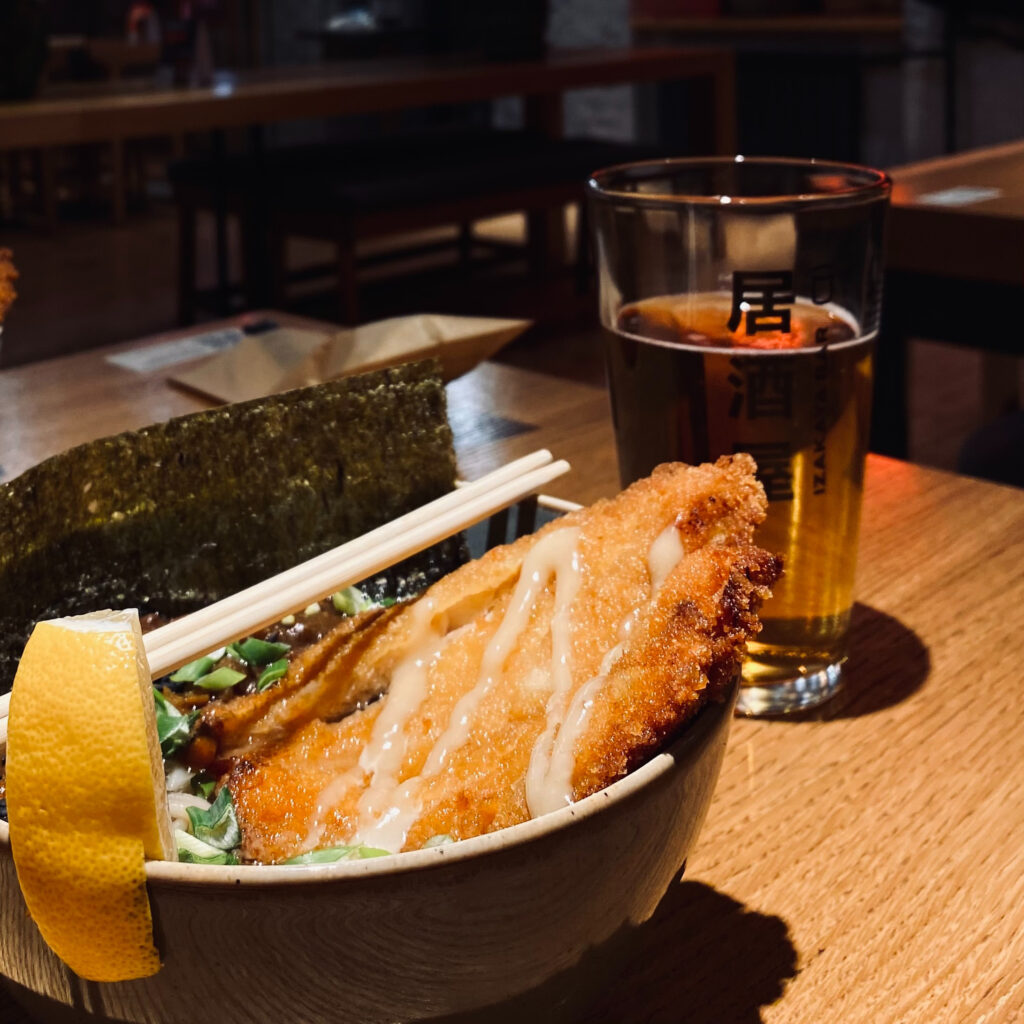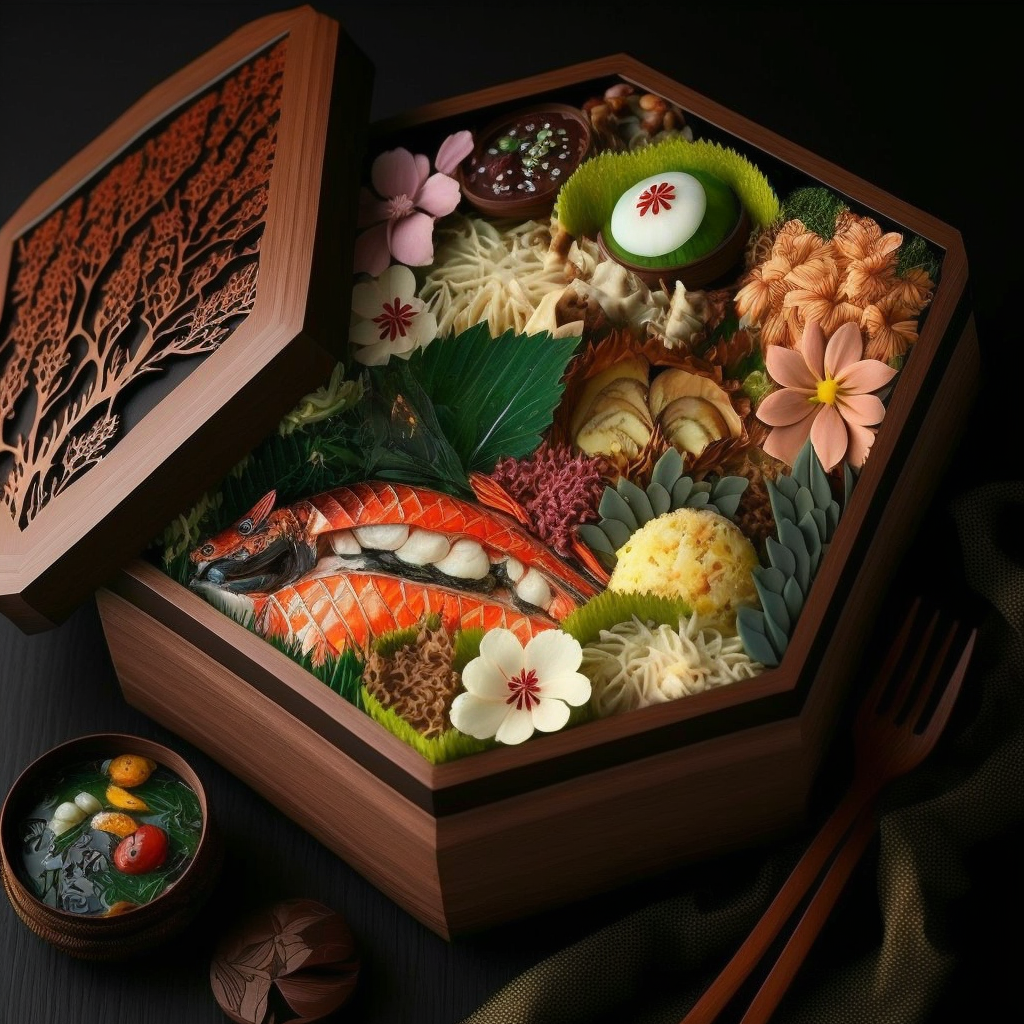The origins of Japanese beer date back to the Edo period when the Dutch opened bars for sailors working on the trade route between Japan and the Dutch Empire and it was not until the late 19th century, during trade with Germany and the USA, that industrial breweries were established.
Japanese beers have a rich history and a unique flavour profile that sets them apart from beers produced in other parts of the world. Here are some things to consider when exploring Japanese beers:
The style of Japanese beers
Style is also a key element in the world of Japanese beer, which has many distinctive styles.
Perhaps the best known is lager, a light, refreshing style of lager that accounts for the vast majority of beers produced in Japan. Japanese lagers are often very light, with an alcohol content of 4-5%, and have a smooth, subtle taste that makes them easily accessible to a wide audience.
However, there are also bolder styles in the Japanese beer world, such as amber beers or dark beers, which offer more complex and intense flavours. Black beers, for example, are often brewed with roasted malt, giving them a dark colour and notes of coffee and chocolate.
Another popular style of Japanese beer is wheat beer, or “weizen”, which is a slightly cloudy beer often brewed with a large amount of wheat malt. This beer has sweet, fruity flavours, with notes of banana and clove, which make it popular with white beer lovers (Kanazawa beer, Echigoweizen, zakkoku weiezn)
Finally, there is the “saison beer”, a relatively new style in Japan which is inspired by traditional Belgian beers. Japanese saison beers are often brewed with local ingredients, such as citrus fruits or herbs, giving them a unique seasonal flavour.
The taste of Japanese beers
The taste of Japanese beers is quite unique and is often influenced by the ingredients used in the brewing process and the Japanese culture in general.
Japanese beers often have a clean and light taste, which makes them easily accessible to a wide audience. Lager-style beers are often brewed with rice and other light ingredients, giving them a subtle, mild flavour with low bitterness. This lightness is often considered a distinguishing feature of Japanese beers, making them perfect for accompanying meals.
However, Japanese beers are not limited to light and mild flavours. Some beers, such as dark beers, have richer and more complex flavours, with notes of coffee and chocolate. IPA-style beers, which have gained popularity in recent years, offer more intense and bitter flavours, with a strong hop presence.
It is also important to mention the role of terroir in the taste of Japanese beers. Breweries often use local ingredients in their beers, such as citrus fruits, green tea or herbs, giving them a unique flavour that reflects Japanese culture and traditions.
Finally, it is interesting to note that the Japanese have a very meticulous and perfectionist approach to brewing beer, striving for precise and consistent flavours in each brew. This often translates into great attention to the brewing and fermentation processes, as well as the quality of the ingredients used.
Japanese breweries
Japan has a rich brewing culture, with many beer breweries producing both craft and industrial beers. Japanese beer breweries are often highly regarded for their quality, innovation and commitment to excellence.
One of the most famous beer breweries in Japan is Sapporo Brewery, which was founded in 1876 and is one of the oldest beer breweries in the country. Sapporo is particularly known for its lager-style beer, which is light and refreshing.
Kirin Brewery, another major Japanese brewery, is also known for its lager-style beer, which is light and easy to drink. However, Kirin also produces other types of beer, such as IPA-style beers and white beers.
Asahi Breweries is another major Japanese beer brewery, known for its “Super Dry” lager style beer, which is very popular in Japan and around the world. Asahi also produces other types of beer, such as dark beers and IPA-style beers.
Among the craft breweries is Kiuchi Brewery, which produces Hitachino Nest beer, a high quality craft beer with a wide variety of styles. Hitachino Nest beers are often brewed with unique ingredients, such as green tea, citrus or herbs.
There’s also Yo-Ho Brewing, which produces a variety of craft beers, including IPA-style beers and black beers. Yo-Ho Brewing is known for its commitment to innovation and quality, as well as its use of local ingredients and traditional brewing methods.
Sapporo went to Sapporo in 1877 (14.6% of the market):
- Kirin (キ リ ン, 34.4% of the market) in Tokyo in 1887,
- Asahi (朝 日, 39.5% of the market and 9th worldwide) in 1889
- Suntory (サ ン ト リ ー, 10% of the market) in 1899 in Osaka
- Orion (オ リ オ ン, 0.8% of the market) in Okinawa in 1957.
Which dishes go with Japanese beers?
Food pairing, or the art of marrying drinks with food, is very important for the Japanese. Japanese beers are no exception, as they were created to accompany Japanese cuisine, which is rich in umami flavours.
Light lager-style beers, such as those produced by Sapporo and Kirin, blend well with light Japanese dishes such as sashimi, tempura and yakitori. Witbier-style beers, like Kirin’s white beer, go well with seafood dishes such as sushi, shellfish and crustaceans.
IPA-style beers, such as those produced by Yo-Ho Brewing, go well with richer, spicier dishes, such as meat dishes and spicier dishes. Black beers, like those produced by Asahi, go well with grilled or roasted meat dishes.
High-quality craft beers, like Kiuchi Brewery’s Hitachino Nest beer, are often brewed with unique ingredients, like green tea or citrus, giving them subtle flavors that pair well with Japanese food.



